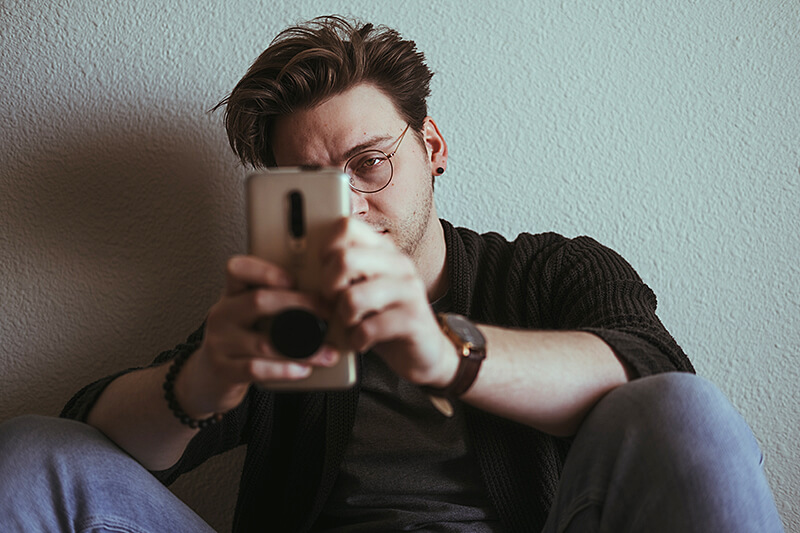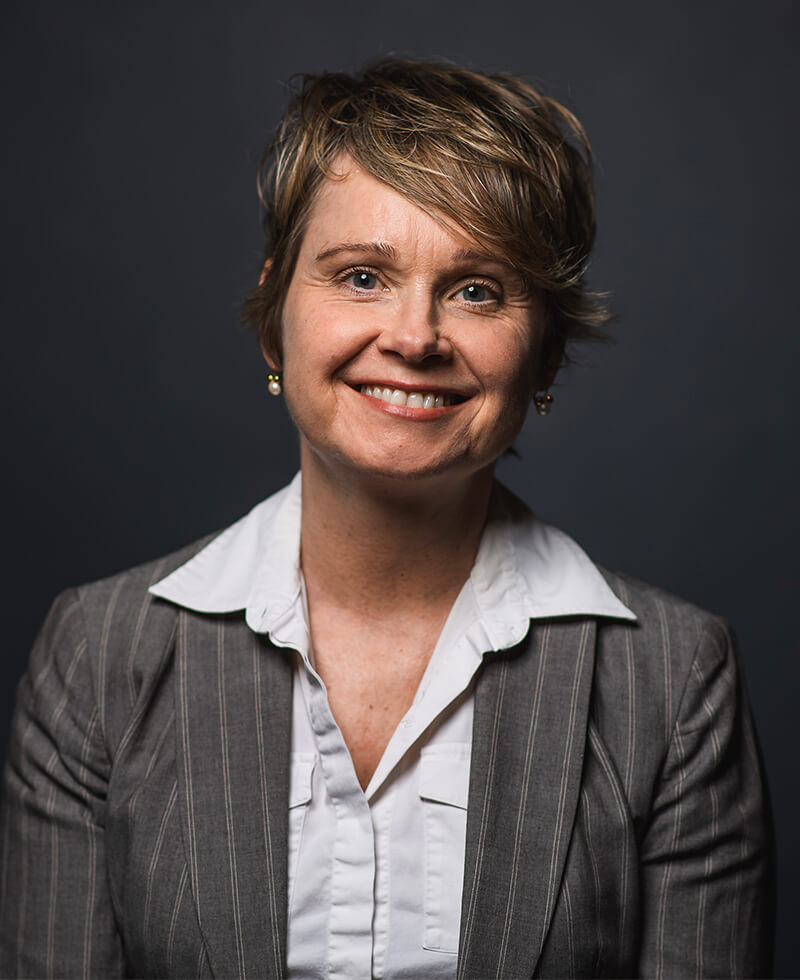September 23, 2020
Pandemic forcing people to find new ways of expressing grief

In light of COVID-19, more people have adapted to using remote technology to express their grief rather than being there in person. (Joshua Reddekopp/Unsplash)
WEST LAFAYETTE, Ind. — The initial spread of COVID-19 halted traditional funerals and eliminated, in many cases, the ability to see dying loved ones face-to-face in hospitals.
But what began as a way to avoid the ongoing pandemic has resulted in the incorporation of technology to help people find ways through death and loss.
Heather Servaty-Seib is a professor of counseling psychology at Purdue University who leads the grief and loss research team focusing on a variety of death and non-death loss experiences.
She said people have now adapted their grief by accepting using remote platforms like Zoom or Facetime to visit the dying or participate in the grieving process.
“Just like rituals had to change for traditions like graduation, the same is true for the dying process and funeral process,” Servaty-Seib said. “But it doesn’t mean it can’t still be meaningful. There can still be opportunities for powerful exchanges and messages of valuing, love and impact.”
 Heather Servaty-Seib. (Purdue University photo)
Heather Servaty-Seib. (Purdue University photo)
For many, the idea of reaching out remotely to the dying or as part grieving process was acceptable only in extenuating circumstances.
Servaty-Seib said the use of technology does change how people express themselves, often forcing them to condense how they express their feelings. But it still allows people the chance to take part and connect with others.
“Is it still intimate? I think it can be,” she said. “You can see their tears and genuinely respond as though speaking face to face. It’s still possible to see people’s facial expressions, which is a primary means of nonverbal communication.”
Ironically, she said, not being in person may allow some people the ability to be more open about their grief, to express more. There is often greater awareness that time is limited and that the window for communication and sharing is brief.
“Sometimes, being face to face can be very intimidating when trying to communicate about sensitive issues, and death is already such a taboo topic,” Servaty-Seib said. “If you’re there through remote means it can seem a little more protected in a way, sometimes making self-disclosure more possible for people.”
Servaty-Seib is interim associate vice provost for teaching and learning in the Office of the Provost and associate dean of student life in Purdue’s Honors College.
About Purdue University
Purdue University is a top public research institution developing practical solutions to today’s toughest challenges. Ranked the No. 6 Most Innovative University in the United States by U.S. News & World Report, Purdue delivers world-changing research and out-of-this-world discovery. Committed to hands-on and online, real-world learning, Purdue offers a transformative education to all. Committed to affordability and accessibility, Purdue has frozen tuition and most fees at 2012-13 levels, enabling more students than ever to graduate debt-free. See how Purdue never stops in the persistent pursuit of the next giant leap at https://purdue.edu/
Writer, Media contact: Brian Huchel, 765-494-2084, bhuchel@purdue.edu
Source: Heather Servaty-Seib, servaty@purdue.edu. In addition to phone interviews, the professor is available for interviews via Zoom as well as Skype and WebEx.
Journalists visiting campus: Journalists should follow Protect Purdue protocols and the following guidelines:
- Campus is open, but the number of people in spaces may be limited. We will be as accommodating as possible, but you may be asked to step out or report from another location.
- To enable access, particularly to campus buildings, we recommend you contact the Purdue News Service media contact listed on the release to let them know the nature of the visit and where you will be visiting. A News Service representative can facilitate safe access and may escort you on campus.
- Correctly wear face masks inside any campus building, and correctly wear face masks outdoors when social distancing of at least six feet is not possible.
Note to journalists: A photo of Heather Servaty-Seib and stock photos are available on Google Drive. Journalists visiting campus should follow visitor health guidelines.

